International
What are the six Mexican cartels designated as terrorist groups by the United States?
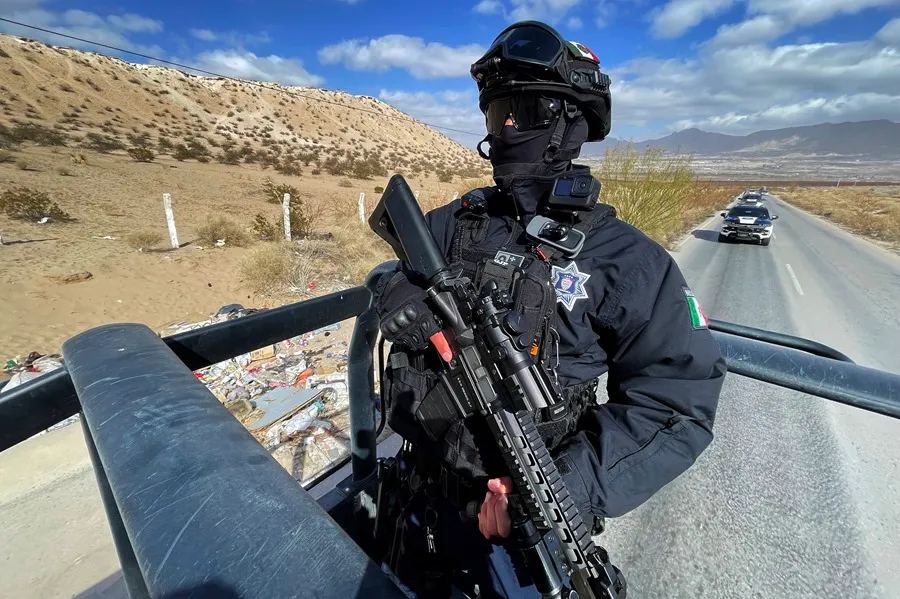
The US Government officially designated six Mexican drug trafficking cartels as terrorist groups on Thursday, an order that complies with a decree signed by US President Donald Trump during his first day in office, on January 20.
Through a document from the Federal Registry of the United States it was announced that the Sinaloa Cartel (CDS), the Jalisco New Generation Cartel (CJNG), the Northwest Cartel (CDN), the Gulf Cartel (CDG), La Nueva Familia Michoacana (LNFM) and Carteles Unidos (CU) are the drug trafficking organizations identified as terrorists.
In Mexico, for decades, these drug cartels have generated violence and have networks that expand to the United States, Central America, South America and Europe, in addition to criminal cells dedicated to other crimes such as human trafficking, kidnapping and extortion.
Also known as the Pacific Cartel and founded in 1989, it is one of the oldest in Mexico, it is based in the state of Sinaloa (northwest) and is considered the largest and the one with the greatest presence in the United States.
It was led by capo Joaquín “el Chapo” Guzmán, who was considered the most powerful drug trafficker in the world and was sentenced to life imprisonment in the United States. After Guzmán’s capture in 2016, Ismael ‘el Mayo’ Zambada remained at the head of the organization until his arrest in US territory in 2024.
Currently, the organization lives a confrontation, since September 2024, between the criminal cells of Los Chapitos and Los Mayos, after the delivery in the United States of co-founder Zambada, which has caused more than 800 homicides in Sinaloa.
Former armed arm of the Sinaloa Cartel to fight the Zetas, it became independent of the parent organization and began operating in 2011 under the leadership of Nemesio Oseguera Cervantes “el Mencho”, one of the most wanted criminals in Mexico and the United States, with a reward of up to 15 million dollars for information about his whereabouts.
It is the fastest growing poster and one of the most violent in Mexico. Based in the city of Guadalajara, it operates practically throughout the country.
According to the Drug Enforcement Administration (DEA), the CJNG distributes cocaine, methamphetamine and fentanyl throughout the United States.
Active since the 1980s, he had great influence in the north and east of the country, but weakened by splits and currently focuses on the state of Tamaulipas and, according to reports, has a presence in the state of Quintana Roo, in the Mexican Caribbean.
Based in Tamaulipas, a state bordering the United States, the CDG dominated the decade of the 1990s, under the command of its former leader Osiel Cárdenas Guillén, who served a sentence in the United States and was extradited to Mexico to serve prison sentences for various crimes.
The Zetas were the military arm of the Gulf Cartel but split from the organization, with which they had a bloody war in 2010 for control of northeastern Mexico and achieved the dominance of drug trafficking in much of the country. In 2016, the Zetas fractured and gave rise to the Northeast Cartel.
This drug trafficking gang is based in the city of Nuevo Laredo (Tamaulipas) and its influence covers the states of Nuevo León, Coahuila and San Luis Potosí.
It is a violent organization based in Michoacán, on the Mexican Pacific coast, operating in the states of Guerrero, Morelos and the State of Mexico. Its precedent, the Michoacana Family was the group that expelled the Zetas from Michoacán, during the first decade of the 21st century.
The organization was precisely one of the objectives of President Felipe Calderón (2006-2012) in his declared ‘War on Drug Traffic Coding’ that boosted violence in Mexico.
The organization was weakened by the death of its leader, Nazario Moreno González “el Chayo” in 2014, and by the internal split of the Knights Templar, who have also been diminished by the arrest or death of their leaders.
According to the US State Department, this cartel is a violent organization that was formed from an alliance of several cartels and other criminal groups in the state of Michoacán.
The criminal organization involves the Tepalcatepec Cartel, the Abuelo Cartel and the Los Reyes Cartel. According to investigations, the Tepalcatepec Cartel has Juan José ‘El Abuelo’ Farías as leader; and the Los Reyes Cartel has Luis Enrique Barragán Chávez, alias ‘Wicho de Los Reyes’, with influence in the Tierra Caliente region (southwest).
Its main objective is to prevent the arrival of the CJNG to the Michoacán region.
International
Colombia says it would not reject Maduro asylum request as regional tensions escalate
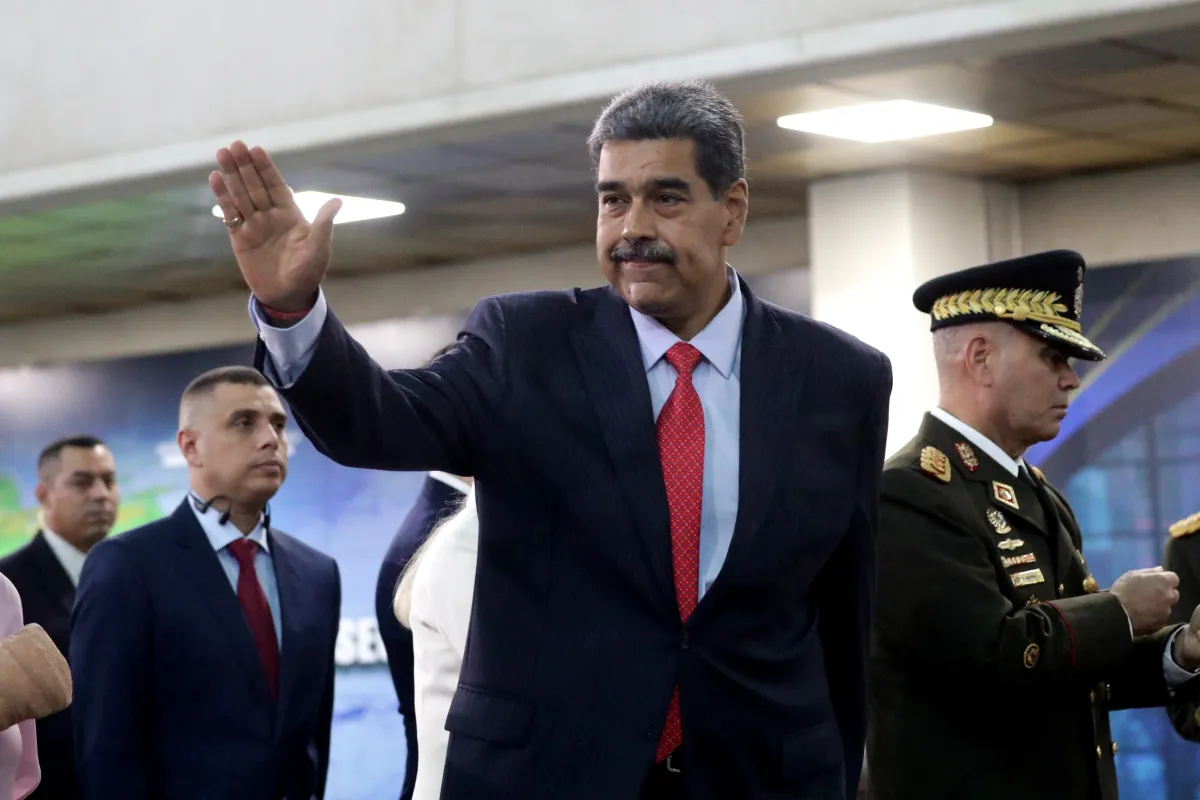
The Colombian government stated on Thursday that it would have no reason to reject a potential asylum request from Venezuelan President Nicolás Maduro should he leave office, as regional tensions persist over the deployment of U.S. military forces in the Caribbean since August.
“In the current climate of tension, negotiations are necessary, and if the United States demands a transition or political change, that is something to be assessed. If such a transition results in him (Maduro) needing to live elsewhere or seek protection, Colombia would have no reason to deny it,” said Colombian Foreign Minister Rosa Villavicencio in an interview with Caracol Radio.
However, Villavicencio noted that it is unlikely Maduro would choose Colombia as a refuge. “I believe he would opt for someplace more distant and calmer,” she added.
Colombian President Gustavo Petro also commented on Venezuela’s situation on Wednesday, arguing that the country needs a “democratic revolution” rather than “inefficient repression.” His remarks followed the recent detention and passport cancellation of Cardinal Baltazar Porras at the Caracas airport.
“The Maduro government must understand that responding to external aggression requires more than military preparations; it requires a democratic revolution. A country is defended with more democracy, not more inefficient repression,” Petro wrote on X (formerly Twitter), in a rare public criticism of the Venezuelan leader.
Petro also called for a general amnesty for political opponents and reiterated his call for forming a broad transitional government to address Venezuela’s prolonged crisis.
Since September, U.S. military forces have destroyed more than 20 vessels allegedly carrying drugs in Caribbean and Pacific waters near Venezuela and Colombia, resulting in over 80 deaths.
U.S. President Donald Trump has repeatedly warned that attacks “inside Venezuela” will begin “soon,” while Maduro has urged Venezuelans to prepare for what he describes as an impending external aggression.
International
Cuba battles out-of-control dengue and chikungunya epidemic as death toll rises to 44
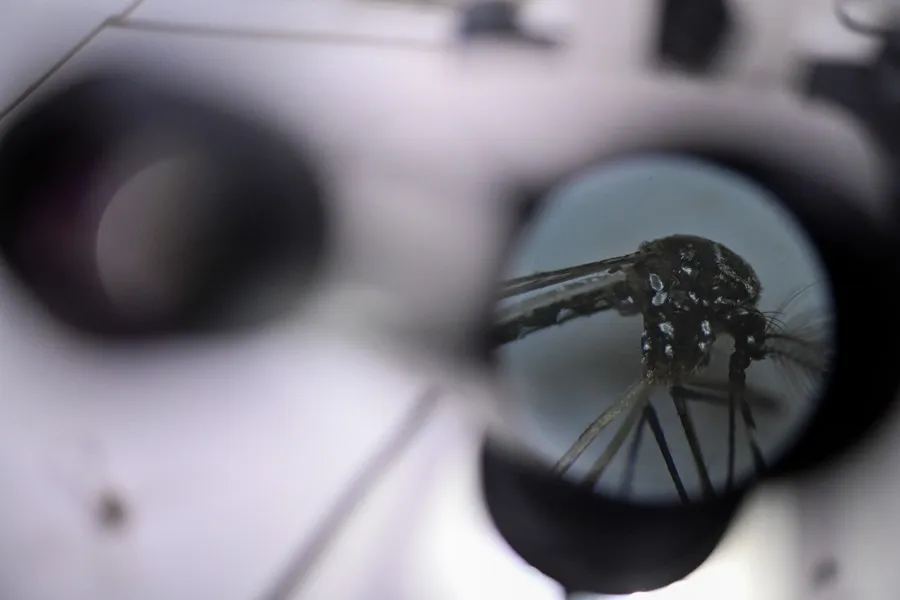
Cuba is facing a severe dengue and chikungunya epidemic that has already claimed at least 44 lives, including 29 minors, according to the Ministry of Public Health (Minsap). The outbreak—now considered out of control—has expanded across the entire country amid a critical shortage of resources to confront the emergency.
Authorities report more than 42,000 chikungunya infections and at least 26,000 dengue cases, though they acknowledge significant underreporting as many patients avoid seeking care in health centers where medicines, supplies, and medical personnel are scarce. The first cluster was detected in July in the city of Matanzas, but the government did not officially use the term “epidemic” until November 12.
Chikungunya—virtually unknown on the island until this year—causes high fever, rashes, fatigue, and severe joint pain that can last for months, leaving thousands temporarily incapacitated. Dengue, endemic to the region, triggers fever, muscle pain, vomiting, and, in severe cases, internal bleeding. Cuba currently has no vaccines available for either virus.
Minsap reports that of the 44 deaths recorded so far, 28 were caused by chikungunya and 16 by dengue.
The health crisis unfolds amid deep economic deterioration, marked by the absence of fumigation campaigns, uncollected garbage, and shortages of medical supplies—conditions that have fueled the spread of the Aedes aegypti mosquito, the primary vector for both diseases. “The healthcare system is overwhelmed,” non-official medical sources acknowledge.
Beyond the health impact, the epidemic is heavily disrupting economic and family life. The intense joint pain caused by chikungunya has led to widespread work absences, while hospital overcrowding has forced relatives to leave their jobs to care for the sick. In November, authorities launched a clinical trial using the Cuban drug Jusvinza to reduce joint pain, though results have not yet been released.
International
Ecuador on track for record violence as homicides hit highest level in Latin America again
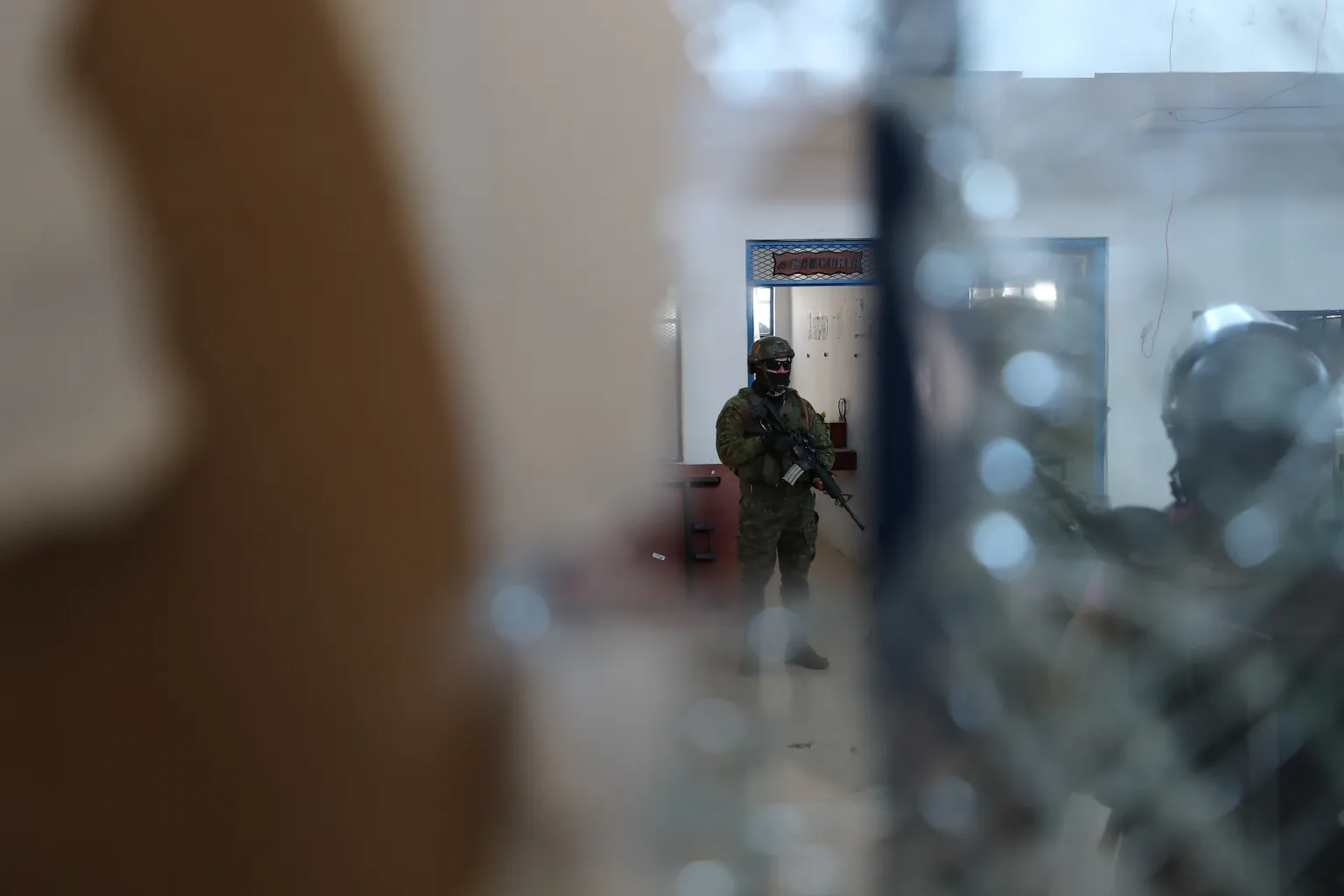
Violence in Ecuador is expected to reach historic levels by the end of 2025, with the country set to record the highest homicide rate in Latin America for the third consecutive year, according to a report released Thursday by the Armed Conflict Location & Event Data Project (ACLED). The organization warns that criminal activity is not only persisting but could worsen in 2026.
Official figures show 7,553 homicides recorded through October, surpassing the 7,063 registered throughout all of 2024. ACLED estimates that 71% of the population was exposed to violent incidents this year, despite President Daniel Noboa’s declaration of an “internal armed conflict” in an attempt to confront powerful criminal groups.
According to the report, several factors are driving the deterioration of security: a territorial war between Los Chonerosand Los Lobos, the two most influential criminal organizations in the country; the fragmentation of other groups after the fall of their leaders; and Ecuador’s expanding role as a strategic hub for regional drug trafficking.
Since 2021, violence has forced the internal displacement of around 132,000 people, while more than 400,000 Ecuadorians — equivalent to 2% of the population — have left the country. Between January and November alone, violent deaths rose 42%, fueled by prison massacres and clashes between rival gangs.
The report warns that conditions may deteriorate further. Ecuador has been added to ACLED’s 2026 Conflict Watchlist, which highlights regions at risk of escalating violence. The expansion of Colombian armed groups such as FARC dissidents and the ELN, state weakness, and a potential rerouting of drug trafficking corridors from the Caribbean to the Pacific intensify the threat.
“The president is facing a wave of violence that shows no signs of easing,” the report concludes.
-
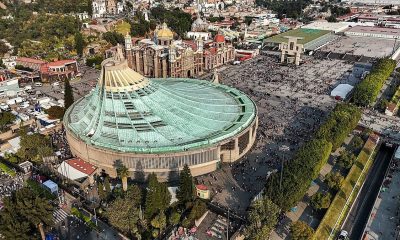
 International3 days ago
International3 days agoMexico City prepares for 13 million pilgrims at Basilica of Guadalupe
-
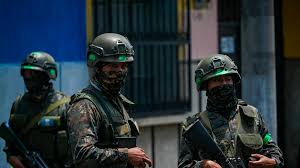
 Central America4 days ago
Central America4 days agoGuatemalan soldier wounded in clash with suspected mexican armed group near border
-
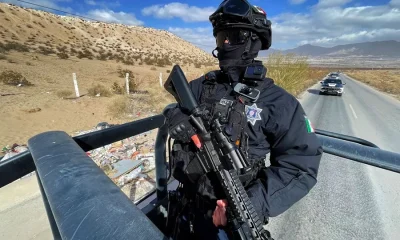
 Central America3 days ago
Central America3 days agoMexico and Guatemala launch joint security operation after Agua Zarca border attack
-

 Central America4 days ago
Central America4 days agoGuatemala reverses asset seizures after judge replacement, benefiting ex-president and former ministers
-
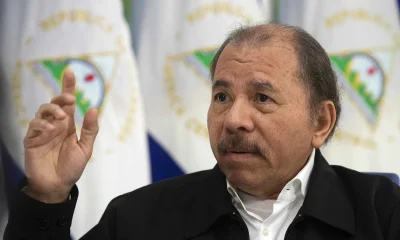
 Central America3 days ago
Central America3 days agoU.S. accuses Ortega regime of systematic human rights abuses in Nicaragua
-
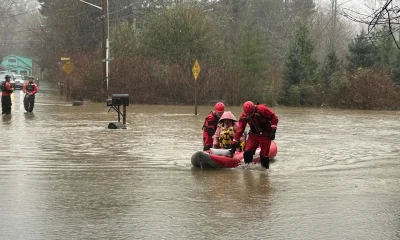
 International2 days ago
International2 days agoWashington declares State of Emergency as atmospheric river brings severe flooding
-

 International2 days ago
International2 days agoU.S. to require five-year social media history from tourists under Visa Waiver Program
-

 Central America3 days ago
Central America3 days agoHonduras’ electoral chief reports ongoing technical issues but says results remain intact
-
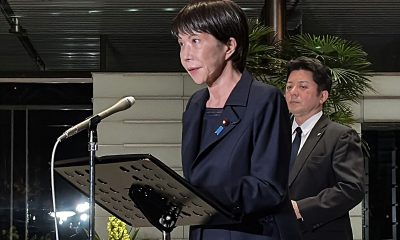
 International4 days ago
International4 days agoJapan lifts tsunami alert after strong 7.6-magnitude earthquake hits northern coast
-
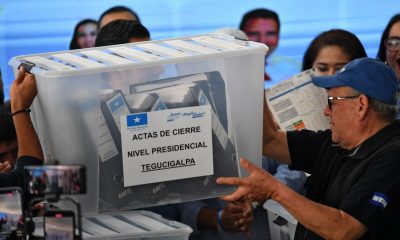
 Central America3 days ago
Central America3 days agoU.S. finds no evidence of fraud in Honduras election despite delays
-
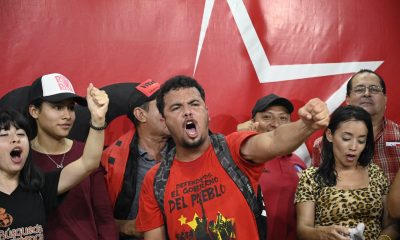
 Central America3 days ago
Central America3 days agoHonduran University: Nullifying elections without proof of fraud undermines popular sovereignty
-

 International4 days ago
International4 days agoInterior Dept. redefines 2026 Patriotic Days, sparking criticism over removed civil rights holidays
-

 Central America3 days ago
Central America3 days agoCNA director says Libre’s defeat stems from “lack of substance,” not messaging
-

 Central America2 days ago
Central America2 days agoOAS and EU urge honduran political actors to respect vote results and avoid unrest
-
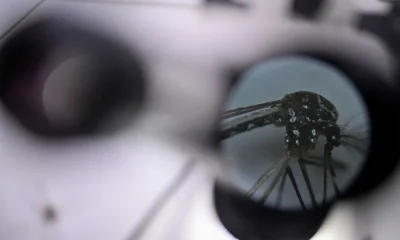
 International16 hours ago
International16 hours agoCuba battles out-of-control dengue and chikungunya epidemic as death toll rises to 44
-

 International3 days ago
International3 days agoZelensky meets Pope Leo XIV as review of U.S. peace plan continues
-
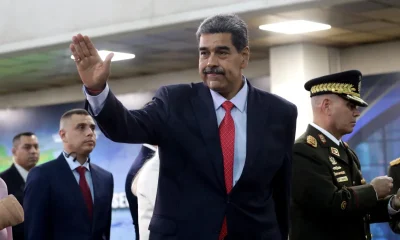
 International16 hours ago
International16 hours agoColombia says it would not reject Maduro asylum request as regional tensions escalate
-

 Central America16 hours ago
Central America16 hours agoHonduras election crisis deepens as CNE president denounces intimidation attempts
-
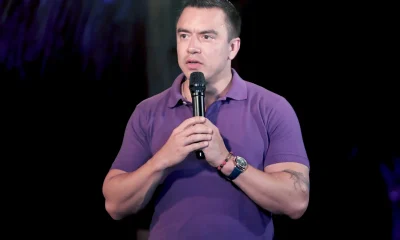
 International2 days ago
International2 days agoSix ecuadorian soldiers jailed pending trial for alleged extrajudicial execution
-
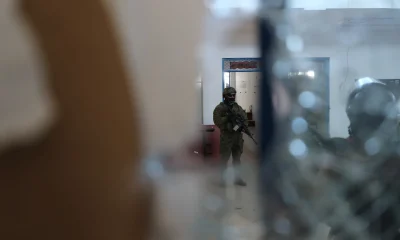
 International16 hours ago
International16 hours agoEcuador on track for record violence as homicides hit highest level in Latin America again


























